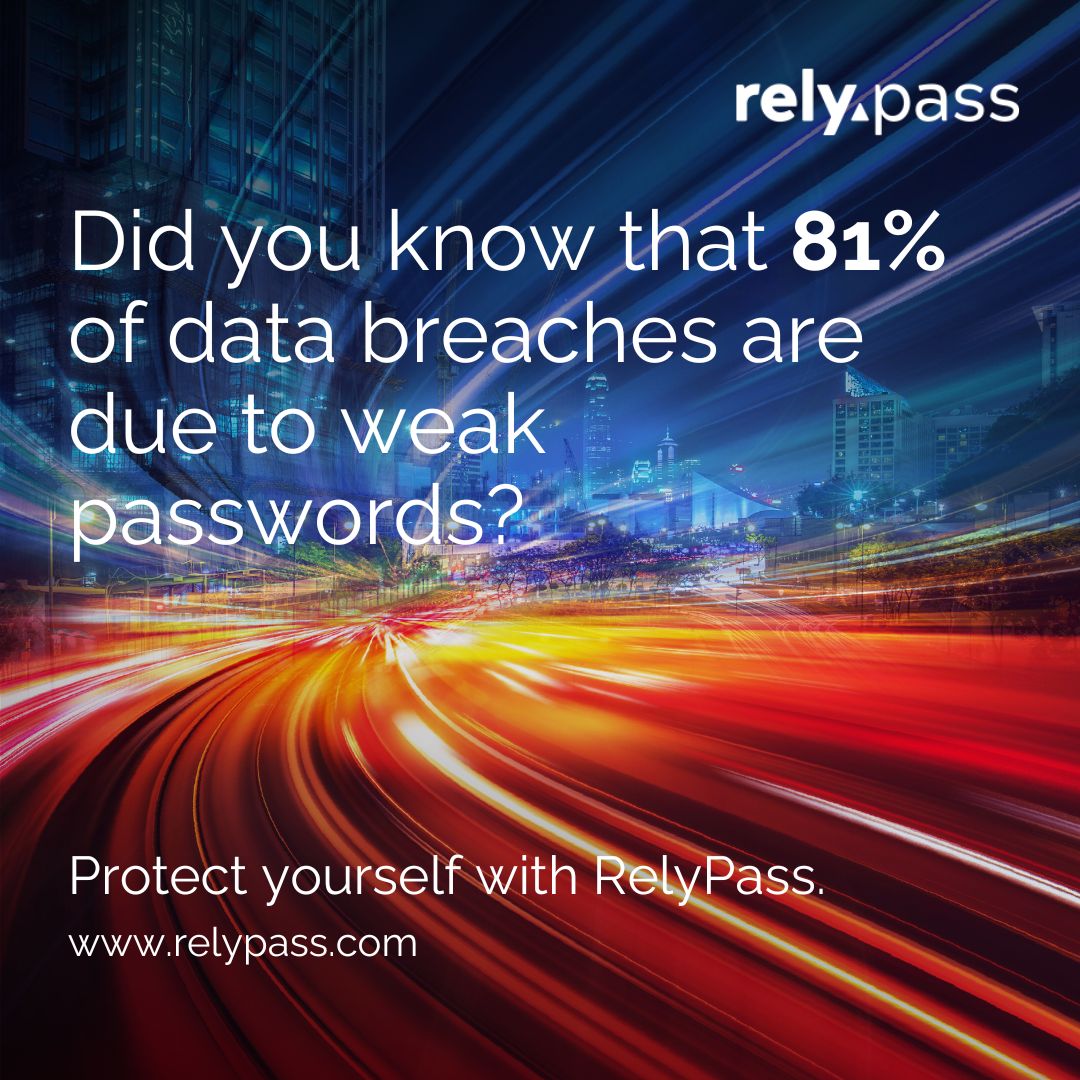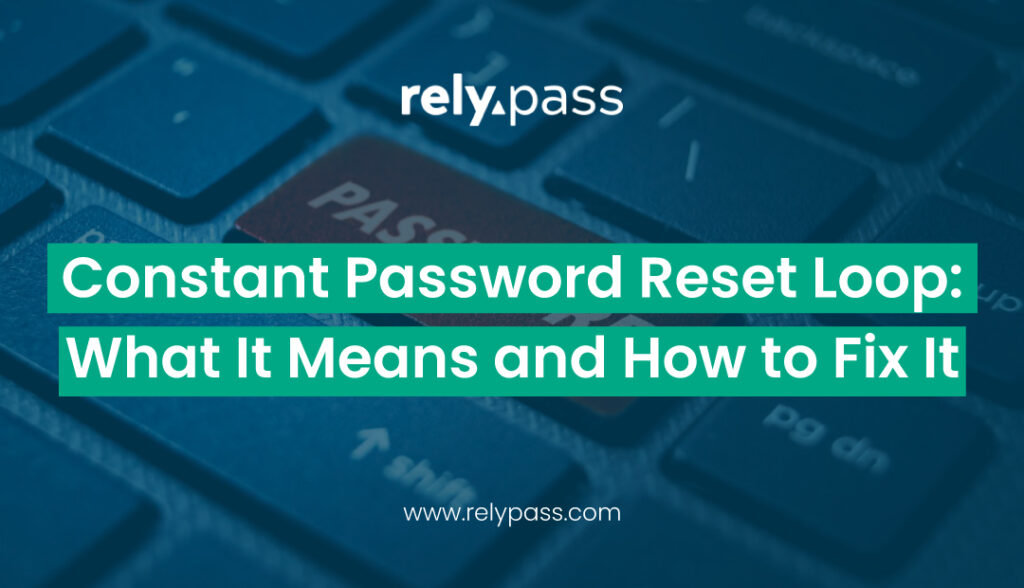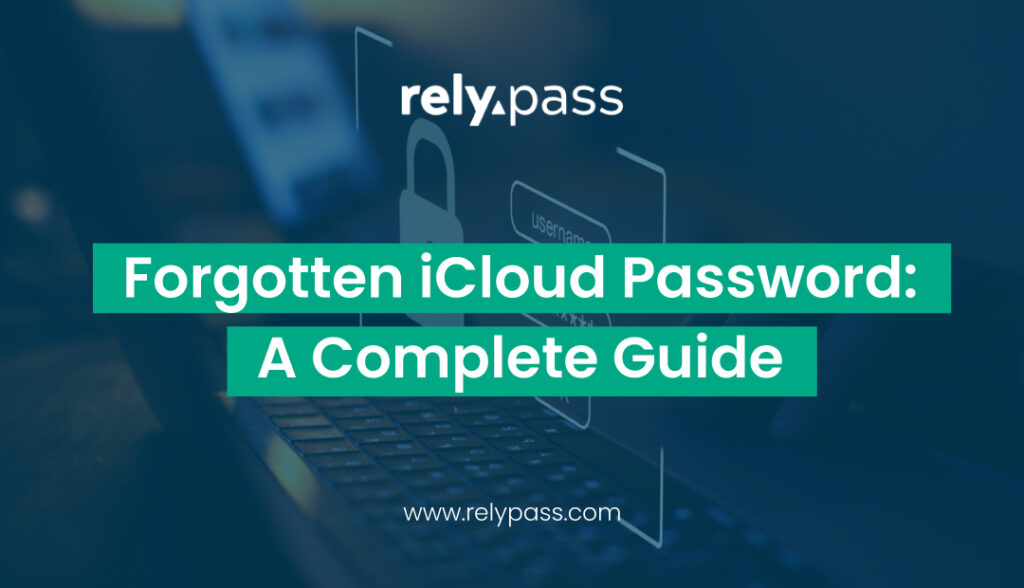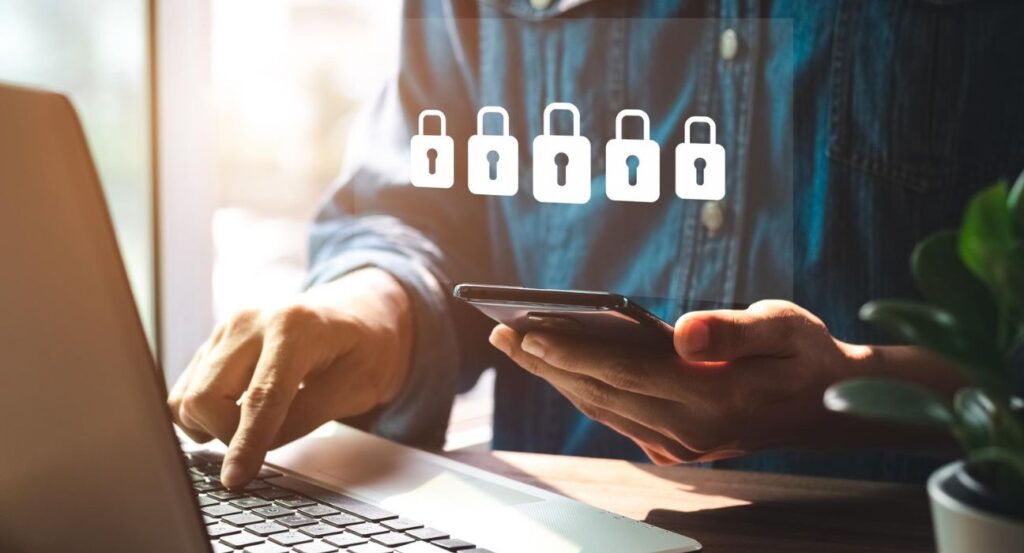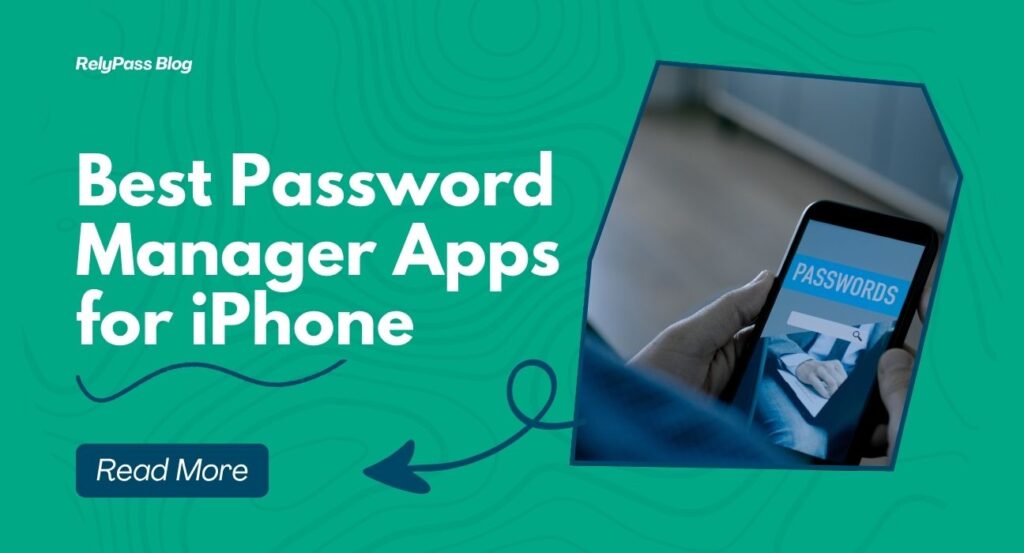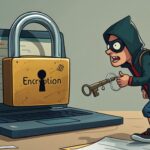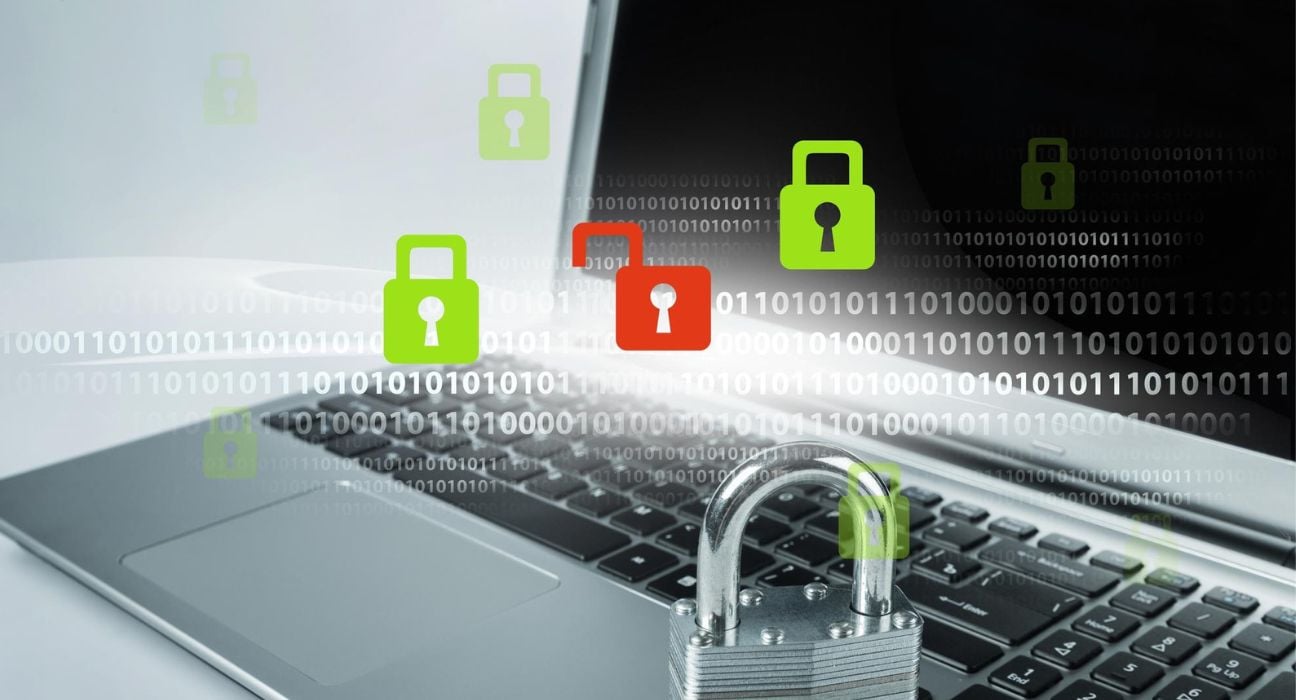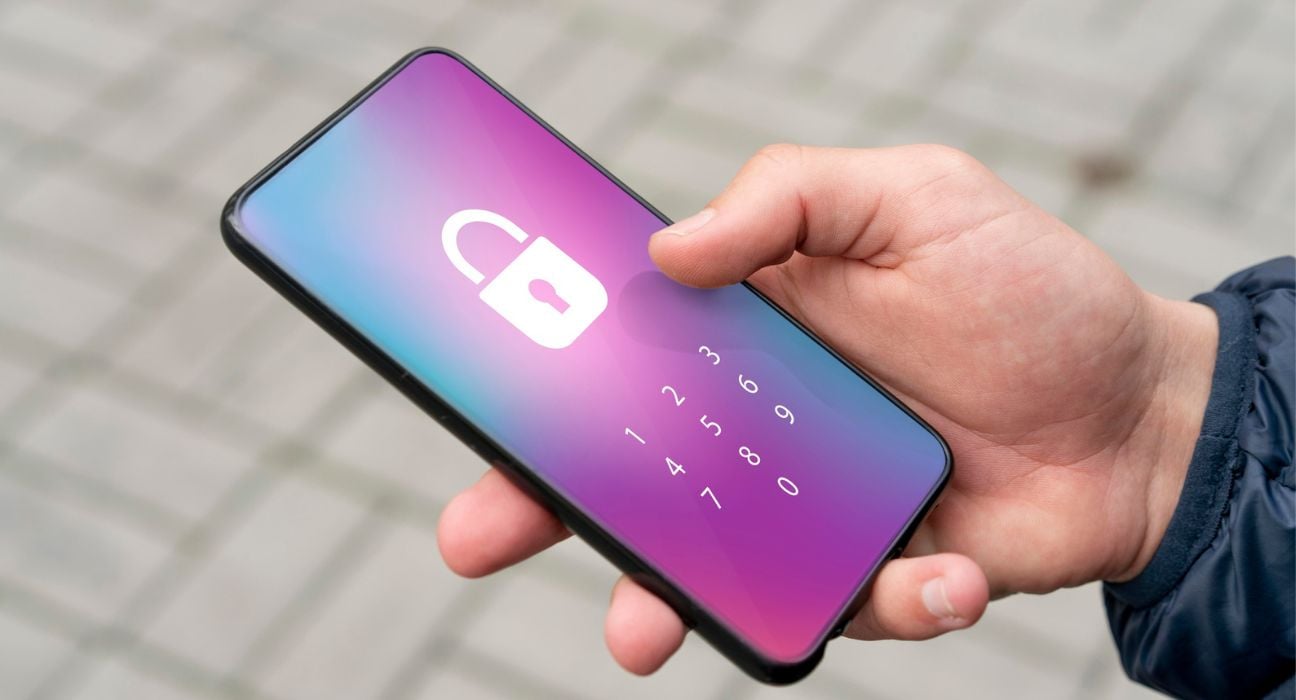Strong Password Ideas to Boost Your Security
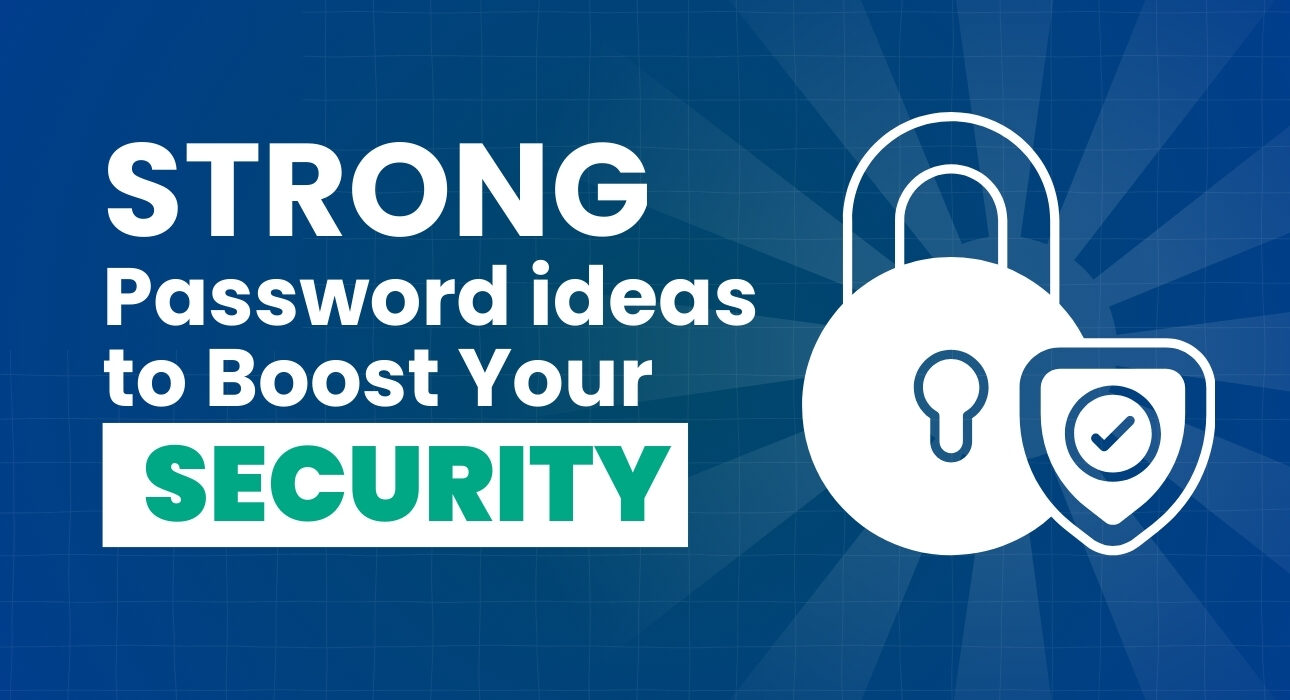
Are you looking for strong password ideas? Still using passwords like “123456” or “password”? If so, your accounts are at serious risk. Hackers are getting smarter, and weak passwords are an easy target. But don’t worry!
With strong password ideas, creating a good password is not complicated. You can easily do that and even you can also improve your existing passwords.
In this blog, I will share some simple tips to help you boost your security. From mixing letters, numbers, and symbols to using unique phrases, these ideas will make your passwords tough to crack but easy to remember. Plus, I will explain how to improve your existing passwords and add extra layers of protection.
So, let’s begin the discussion with the definition of a good password.
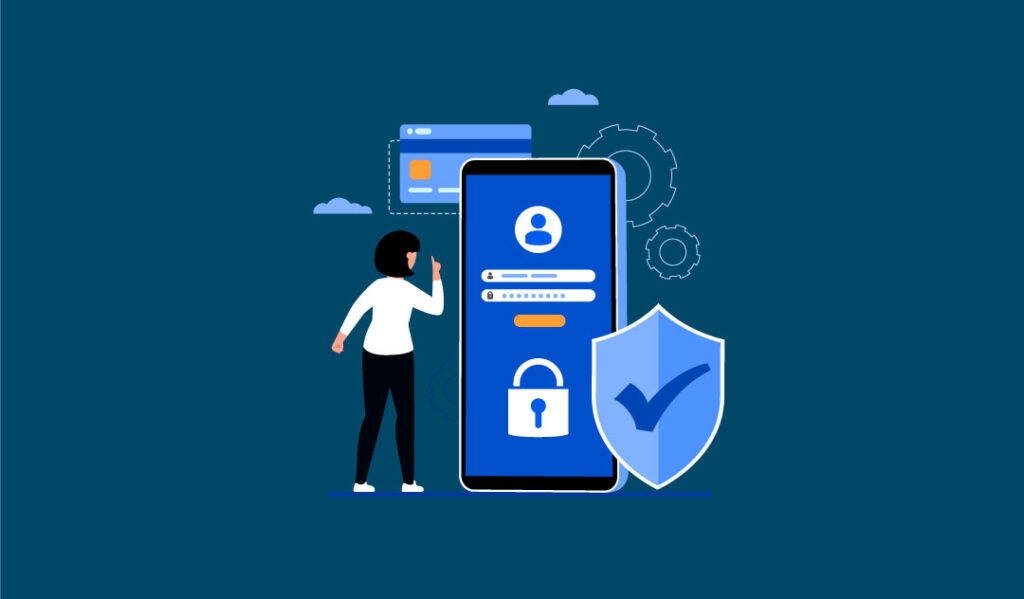
What Is A Good Password?
A good password is one that keeps your accounts secure. It should be tough for others to guess but easy for you to remember. Aim for a password that’s at least 12-15 characters long.
Use a mix of letters, numbers, and symbols. Stay away from common words, names, or anything too obvious. The more unique and random your password is, the safer it will be.
If remembering strong passwords feels hard, try a password manager. It creates and stores strong passwords for you, making things easier and safer.
Here are some simple tips for strong passwords:
- Make it long: Use 12-15 characters or more.
- Mix it up: Include letters, numbers, and symbols.
- Avoid easy guesses: Don’t use common words or names.
- Keep it unique: Don’t use the same password for different accounts.
- Make it personal but not obvious: Use something only you would know.
How to Set A Good Password?
Well, if you set a weak password, then it may create trouble in the future. So, you must set a good password to secure your accounts from hackers. I will share here some strong password ideas so that you can set a good password.
So let’s see how to set a good password with strong password ideas and examples of good password and bad password.
1. Make Your Password Long
Aim for at least 12-15 characters. The longer your password, the harder it is to crack. For example, “MyDogLovesBellyRub$” is way stronger than “Dog123.”
2. Mix It Up
Use a mix of uppercase letters, lowercase letters, numbers, and symbols. Instead of “sunshine,” try something like “Sun$h1n3!”. This makes it much tougher for hackers to guess.
3. Skip the Obvious
Avoid common words, names, or phrases like “password,” “123456,” or “qwerty.” These are the first things hackers try. Be creative and use something unique.
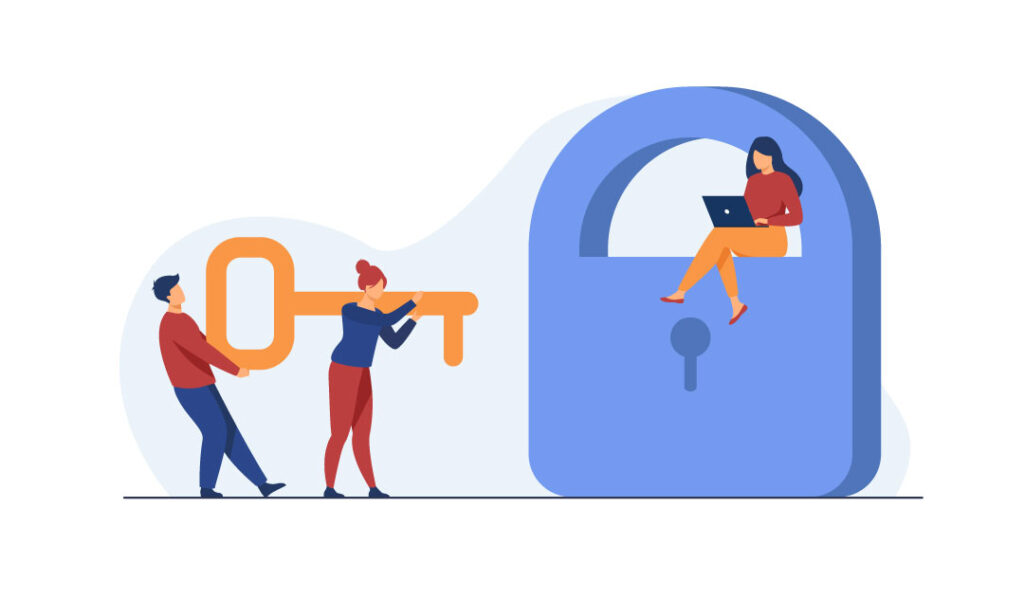
4. Combine Random Words
Pick 4 or more random words and put them together. For example, “PurpleTigerCoffeeGuitar” is strong and easy to remember. Just make sure the words don’t form a sentence or phrase that makes sense.
5. Turn a Sentence into a Password
Think of a sentence that means something to you, like “I went to Paris in 2020 with my family.” Turn it into a password like “Iw2P2020wmf!”. Avoid using famous quotes or song lyrics as they are too easy to guess.
6. Use Acronyms
Take the first letter of each word in a sentence you’ll remember. For example, “My favorite movie is The Lion King” becomes “MfmiTLK!”. Add numbers or symbols to make it even stronger.
7. Try Keyboard Patterns
Type a word but shift your fingers to the keys above or beside the letters. For example, if you type “hello” but shift each key to the right, it becomes “jr;;p.” This creates a unique password that’s hard to guess.
8. Misspell Words on Purpose
Intentionally misspelling words can make your password stronger. For example, “ChocolateCake” could become “Ch0c0l8t3C@k3.” Just avoid common misspellings like “recieve” instead of “receive.”
9. Use a Password Manager
If remembering all your passwords feels like too much, try a password manager. It creates and stores strong passwords for you, so you only need to remember one master password.
10. Never Reuse Passwords
Always use a different password for each account. If one account gets hacked, reusing the same password puts all your other accounts at risk.
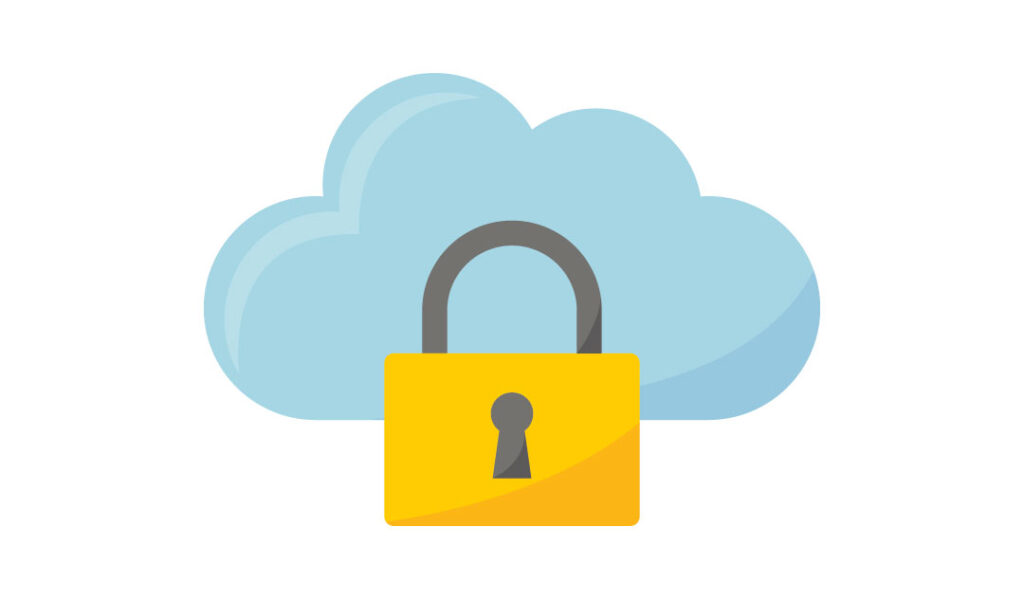
8 Tips to Make Your Existing Password Better
If you have a password you already know and like, you don’t need to start from scratch. Instead, you can make it stronger with a few simple changes.
Here, I will share 8 tips to make your existing password better with examples of good password and bad password.
Let’s see how to do that:
1. Add Spaces or Brackets
Spaces or brackets can make your password harder to guess. For example, if your password is “PizzaDay99,” you can change it to “Pizza Day 99” or “[PizzaDay99].” It’s a small tweak that adds extra security.
2. Add More Words
Throwing in extra words makes your password longer and stronger. For example, “PizzaDay99” can become “PizzaDay99WithExtraCheese.” The longer it is, the tougher it is for hackers to crack.
3. Repeat It
Doubling your password can make it stronger. For example, “PizzaDay99” becomes “PizzaDay99PizzaDay99.” It’s still easy to remember but much harder for others to guess.
4. Make It Look Like an Email
Turn your password into something that looks like an email address. For example, “PizzaDay99” can become “PizzaDay99@food.com.” This adds extra characters and makes it more unique.
5. Add Punctuation
Throw in some commas, exclamation points, or question marks. For example, “PizzaDay99” can become “Pizza,Day99!” or “Pizza?Day99.” These little changes make a big difference.
6. Use Emoticons
Emoticons can make your password stronger and more fun. For example, “PizzaDay99” can become “PizzaDay99:)” or “PizzaDay99<3.” Just make sure the website allows special characters.
7. Mix Up the Letters
If your password is already long, try swapping some letters around. For example, “PizzaDay99” can become “PzizaYad99.” It’s still easy for you to remember but harder for others to guess.
8. Add Codes for Different Accounts
If you use the same password for multiple accounts, add a unique code for each one. For example, for Netflix, you could use “PizzaDay99NET,” and for Spotify, “PizzaDay99SPOT.” This way, even if one account gets hacked, the others stay safe.
Additional 5 Ways to Keep Your Passwords Safe
Having a strong password is a good start, but there’s more you can do to protect your accounts. Here are five simple additional ways to make your weak passwords stronger and even safer:
1. Add an Extra Step to Log In (MFA)
Turn on multi-factor authentication (MFA) for your accounts. This means after you type in your password, you’ll need to do one more thing, like enter a code sent to your phone or use your fingerprint. Even if someone knows your password, they won’t be able to get in without this extra step.
2. Use a VPN on Public Wi-Fi
When you’re using public Wi-Fi, like at a coffee shop or airport, your information can be at risk. A VPN (Virtual Private Network) keeps your connection private, so no one can sneak a peek at your passwords or personal details. It’s an easy way to stay safe online.
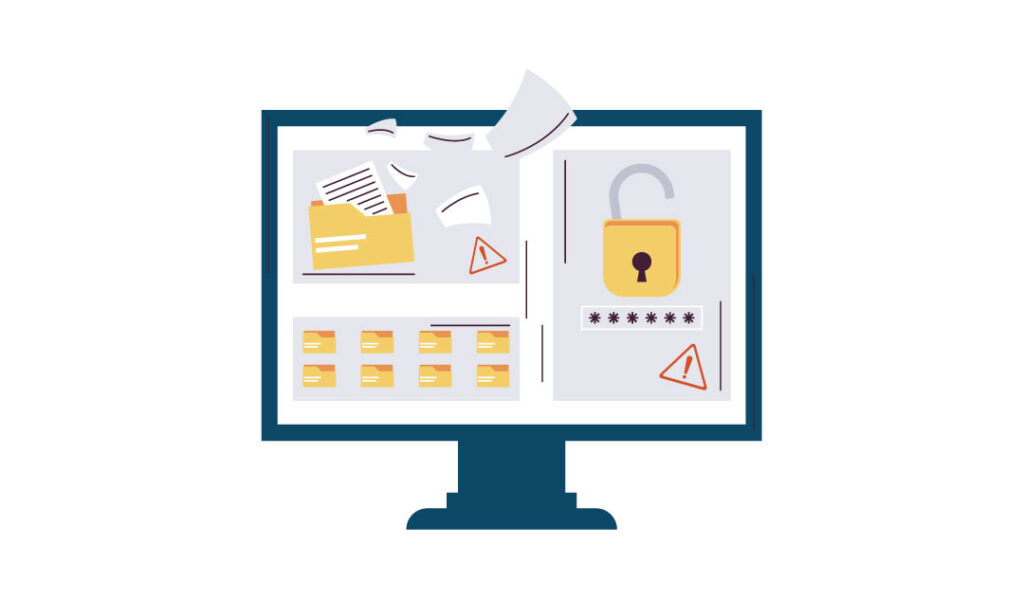
3. Check if Your Password Has Been Leaked
Some websites, like “Have I Been Pwned?,” let you check if your password or email has been part of a data breach. If it has, change your password right away. Some password managers can also check this for you automatically, which is super handy.
4. Use Different Passwords for Every Account
Using the same password for multiple accounts is risky. If one account gets hacked, all your other accounts could be in trouble. Make sure every account has its own unique password. If remembering them all feels overwhelming, try a password manager.
5. Share Passwords the Safe Way
If you need to share a password, don’t use email or text messages. These aren’t secure. Instead, use a password manager with a secure sharing feature. This way, you can share passwords without worrying about them being stolen.
End Note
Finally, keep your accounts safe from the hacker by implementing strong password ideas that I have shared here. Use a mix of letters, numbers, and symbols, and avoid common words or phrases. Make it personal but not obvious, and never reuse passwords.
If remembering them feels tough, try a password manager. Adding extra steps like multi-factor authentication can also help. So, instead of using a weak password, use a good password and keep your accounts secure. If you want you can take ideas from my recommended examples of good password and bad password.
